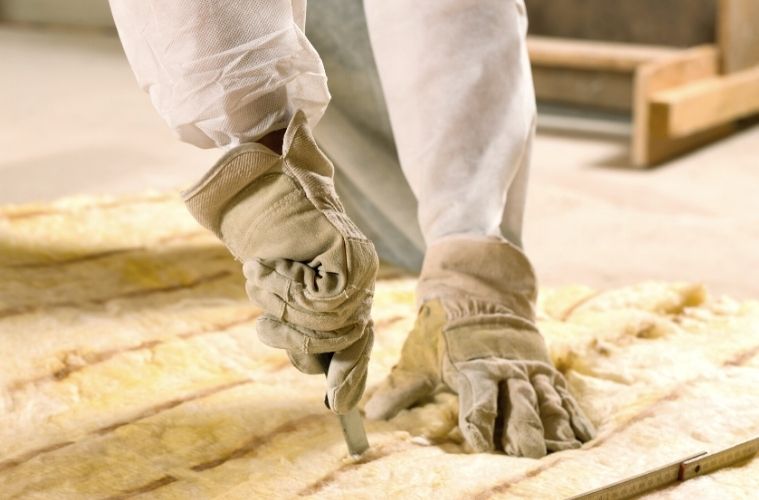Insulation serves numerous important purposes in any home. In addition to reducing drafts and helping homes maintain comfortable temperatures, quality insulation can also greatly reduce home electricity bills. In order for homeowners to enjoy these benefits, they must keep their insulation in good condition. To ensure your insulation is serving its intended purposes, keep an eye out for the most common kinds of insulation issues that may be impeding its effectiveness.
Improper Installation
One of the most common types of insulation issues that prevents insulation from working effectively is improper installation. If there are any gaps in the insulation or if the insulation wasn’t applied properly, it will likely be highly ineffective at blocking the flow of heat into or out of the home. In some cases, poorly installed insulation can even pose a safety threat to homeowners by creating an environment for mold to grow or by creating harmful chemical off-gassing. To avoid such negative consequences, it’s always best to hire a professional insulation installation contractor.
Water or Moisture Damage
Roof leaks, plumbing issues, or poor ventilation can cause water and moisture to accumulate in areas where insulation is installed. Certain types of insulation are resistant to water, but many types—such as fiberglass and cellulose—can experience water damage. When water damage occurs, the insulation can become compacted and lose its thermal resistance. In addition, wet or moist insulation can accumulate mold, which poses a safety threat to homeowners. As such, it’s important to replace water-damaged insulation as soon as possible.
Age
A prevalent yet unavoidable type of insulation problem many homeowners face is age. Over time, insulation inevitably becomes less effective. Certain types of insulation, such as spray foam insulation, can last for almost a century if installed correctly, but there will come a time when all types of insulation need to be replaced. To ensure your home is being properly insulated, make sure to check when its current insulation was last installed. If the insulation is older than its typical effective life span, then it’s time to schedule an appointment with your local insulation contractor.
Pest Infestations
Another one of the most common kinds of insulation issues is pet infestations. Insulation is often located in attics and inside walls, which are typical areas for pests to burrow. As such, pests such as rodents, fleas, ticks, and other bugs can often make homes and lay eggs inside insulation. If a pest infestation occurs in your insulation, it’s best to remove it entirely and install new insulation in its place.

